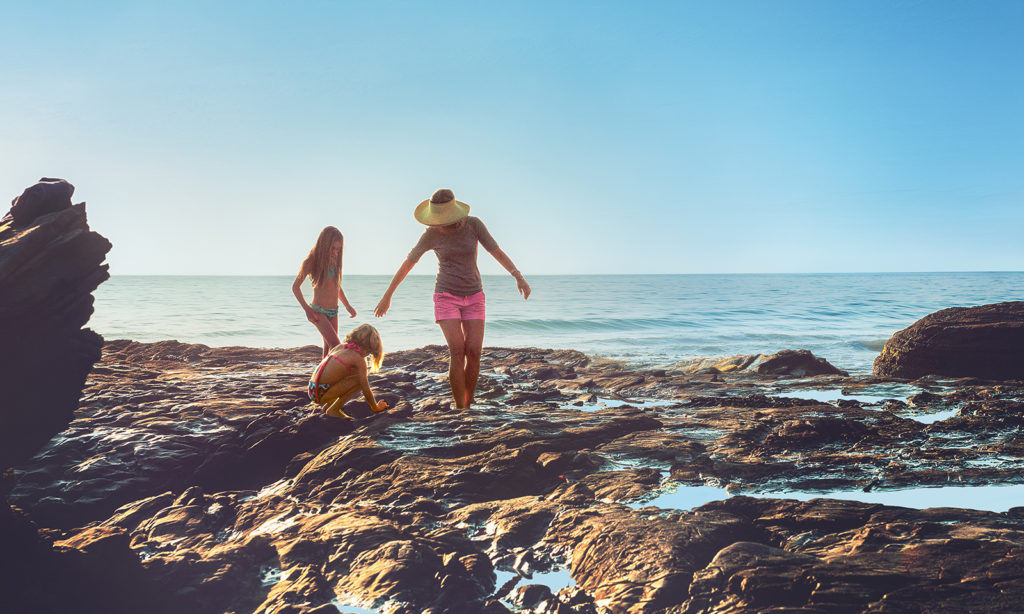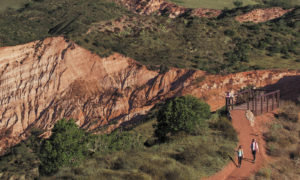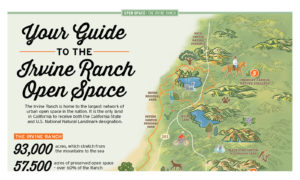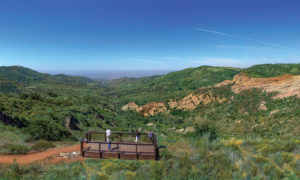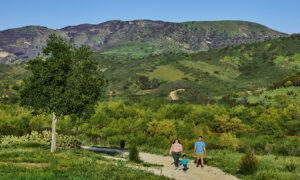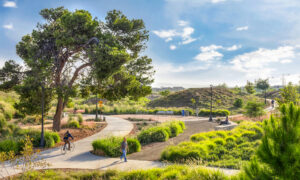Crystal Cove’s shoreline is home to a dazzling array of plants and animals. Their presence is defined by the rhythm of the tides. Twice each day, the tides rise and fall, covering and then exposing the rocks. Each time the tide recedes, it leaves pools of seawater brimming with sea life.
These tidepools are protected as a State Marine Conservation Area. Visitors are welcome to gently explore them, but need to leave everything, including animals, algae, rocks and empty shells, in place.
Life in a tidepool is determined by tolerance of exposure to the drying effects of the sun and wind. Acorn barnacles, limpets, periwinkle snails and other animals that live in the highest reaches of the splash zone are left high and dry for hours at a time.
Animals that live in the high tide zone, including California mussel, sea stars and sea urchins, have to endure the impact and drag of a pounding surf. They anchor their bodies to the rocks in various ways, including threads of glue, tube feet and suction cups.
Animals that live in the low tide zone, such as the reclusive two-spotted octopus, giant keyhole limpet and California spiny lobster, are visible at very low tides.
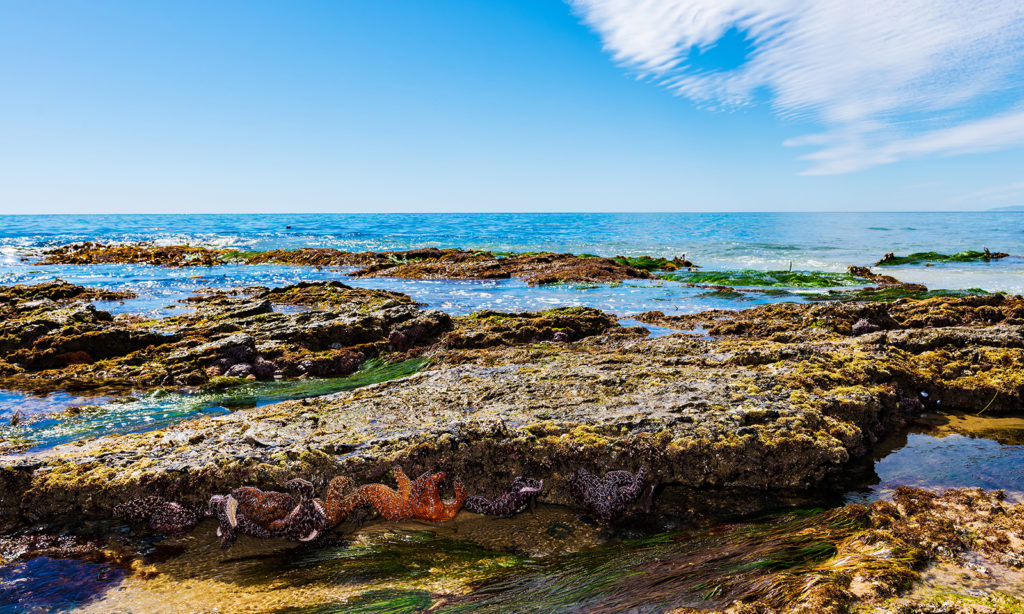
Tips and notes
There are four tidepool viewing areas in Crystal Cove State Park: Reef Point, Rocky Bight, Pelican Point and Treasure Cove. Each location is a short hike from the parking area of Crystal Cove State Park. The tidepools are most accessible at low tide. Check the tidal chart before you visit. Stay safe when out in the surf, keep your eye on the ocean and wear sandals or shoes with grip.
Jenny Rigby directs The Acorn Group, a design firm dedicated to interpreting natural history.

